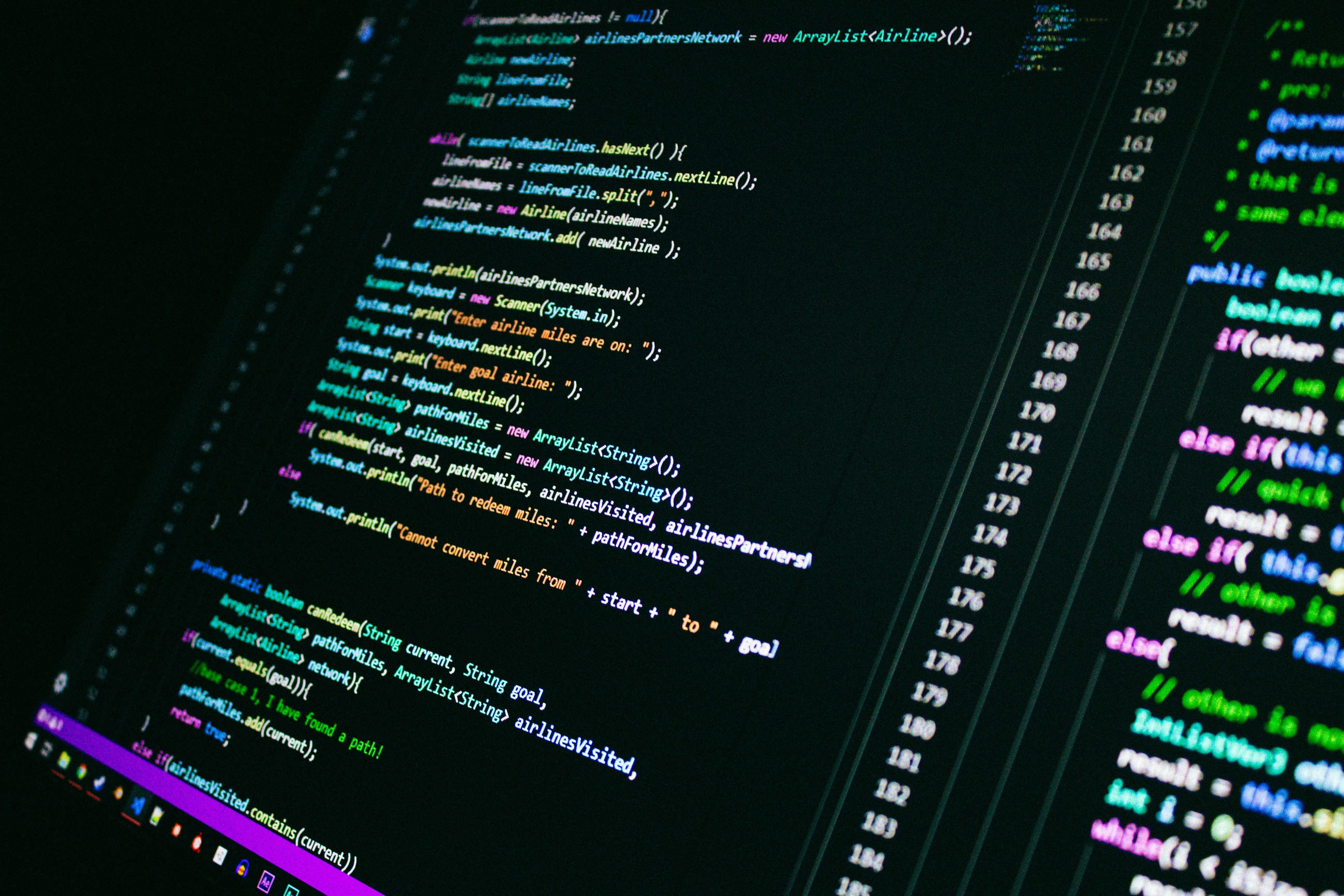After building your app in Rork, use this documentation to decide if your app needs a backend or can stay local only.

Summary
Rork helps you build beautiful and cohesive frontend mobile applications. A frontend application is usually something that is user facing, like the interactions of an app, the styles of a website design, or the components that build up your app. A **backend **is for the background functionalities. Like any data manipulation, data storage, or authentication that is needed for a frontend to work. Not every frontend application needs a backend. By the end, you’ll know exactly which category your idea falls into — and what to do next to finish your Rork app. Requirements- A Rork project
- A general idea of your app’s function
- What Counts as “No Backend”
- Apps That Always Need a Backend
- Gray-Zone Apps (Optional Backend)
1. What Counts as “No Backend”
Local-Only Apps (Everything Stays on the Device)
These are apps that store all their data on the user’s phone.No sync needed. No logins required. No sharing implemented. Examples:
- Todo lists
- Notes apps
- Journals
- Habit trackers
- Mood logs
- Calculators
- Timers
- Unit converters
- Offline flashcards
- Photo filters/AI Gen
- Utility widgets
- LocalStorage
- Secure key-value stores
Tools With Temporary / Non-Persistent Data
These apps don’t care about storing long-term state at all. Examples:- Playground apps (Drawing, sandbox)
- Local mini-games
- One-off AI generators (That dont need to store)
- Fun tools that create something but don’t need to remember it like Shazam
AI Apps That Only Call an External API
If your app just sends a prompt to GPT and returns the response: You do not need a backend. You’re just making requests to OpenAI or another AI provider. Backend becomes optional only when:- You want user history
- You want personalization
- You want usage tracking
2. Apps That Always Need a Backend
Apps With Accounts or Login
If the user “has an account,” you need:- Authentication
- Restoring user data
- Sync across devices
- Social apps
- Productivity apps with cloud sync
- Finance apps
- Any multi-device workflow
Apps That Sync Across Devices
A user writes a note on their phone and expects it on their laptop.That requires:
- Database
- Cloud sync
- Persistent storage
Apps With Sharing, Collaboration, or Multiplayer
If more than one person can see, edit, or comment on the same thing:- Messaging
- Friends lists
- Comments
- Posts
- Social Feeds
- Real-time collaboration
- Matchmaking like Dating apps
Apps That Store Files
If your app handles:- Images
- Videos
- PDFs
- Audio recordings
Apps With Security or Access Rules
If the app enforces any rule between users:- Blocking
- Moderation
- Rate limiting
- Anti-spam
3. Gray-Zone Apps (Optional Backend)
Local-First Apps With Optional Sync Later
Some apps work great without a backend, then add cloud features later. Examples:- Journal → adds cloud backup
- Notes app → adds multi-device sync
- Offline photo editor → adds “share to cloud”
AI Apps With Memory or Personalization
You can choose:- Local-only memory → no backend
- Cloud memory across devices → backend
- Personalized models → backend